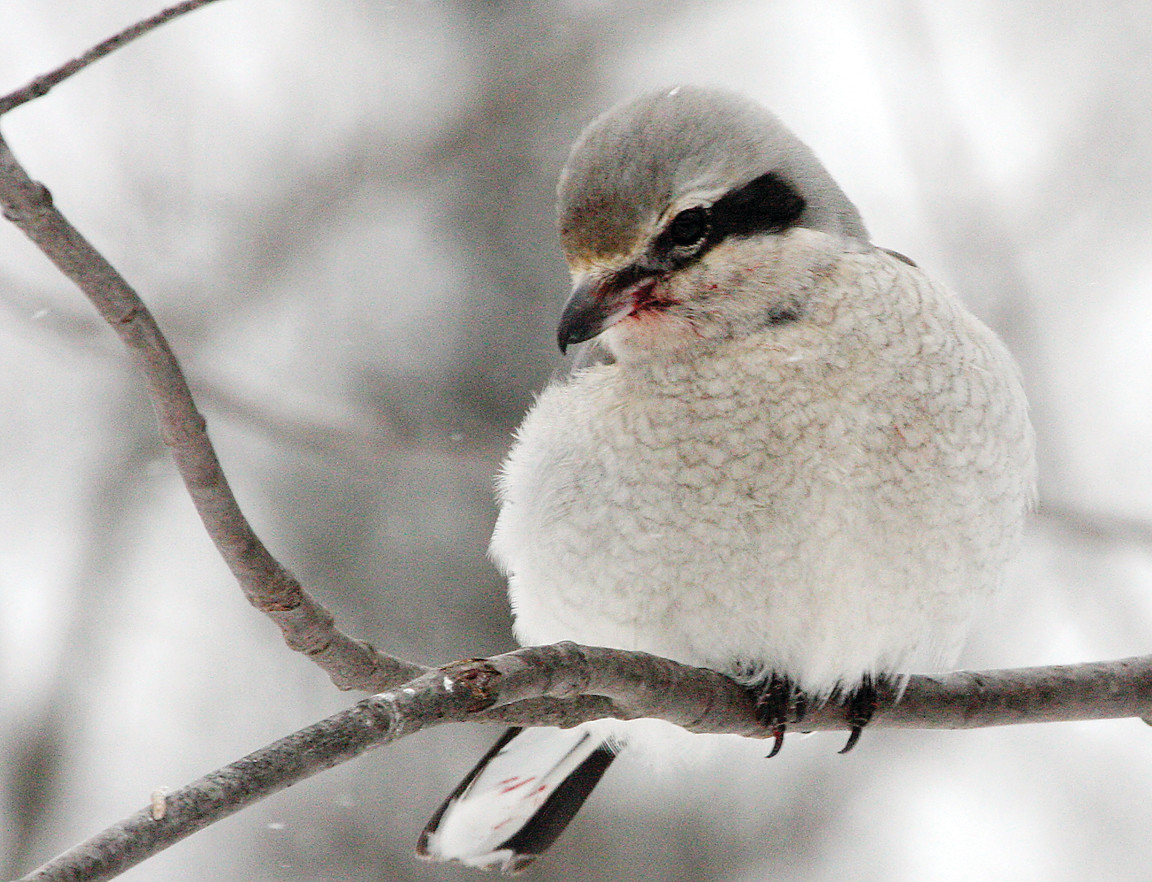Support the Timberjay by making a donation.
'Tis the season
The North Country features several Christmas Bird Counts
REGIONAL—While most folks in the North Country may be focused on their holiday shopping list, for birders the Christmas season is about more than just presents and parties.
This year will mark …
This item is available in full to subscribers.
Attention subscribers
To continue reading, you will need to either log in to your subscriber account, or purchase a new subscription.
If you are a current print subscriber, you can set up a free website account and connect your subscription to it by clicking here.
If you are a digital subscriber with an active, online-only subscription then you already have an account here. Just reset your password if you've not yet logged in to your account on this new site.
Otherwise, click here to view your options for subscribing.
Please log in to continue |
'Tis the season
The North Country features several Christmas Bird Counts
REGIONAL—While most folks in the North Country may be focused on their holiday shopping list, for birders the Christmas season is about more than just presents and parties.
This year will mark the 115th consecutive Christmas Bird Count, (CBC) an increasingly global event that gets tens of thousands of birders out into the field every year between mid-December and early January.
While it’s a fun way to spend a day, it’s also important scientific work that has helped professional researchers document changes in bird populations over the decades. “Citizen science programs, most notably Audubon’s Christmas Bird Count and the Breeding Bird Survey, are foundational to conservation policy in the United States,” according to David Yarnold, president of the National Audubon Society, which sponsors the count. “Fights over conservation dollars in Congress and statehouses, land management decisions, and wildlife policy are all influenced by information collected through the CBC and other citizen science programs,” he said.
Steve Wilson, of Tower, who has organized the long-running CBC in Isabella since its inception, noted that the Audubon Society has been using the data most recently to try to project changes in bird ranges over time due to climate change. “That’s a good example of how this kind of information helps policymakers and managers respond to climate disruption,” said Wilson.
For area birders, the North Country offers plenty of opportunities to take part in a CBC. The first count, set for Saturday, Dec. 20, is in Ely, with additional counts planned in Cook, Eagles Nest, Aurora, and Isabella (see accompanying chart).
Julie Grahn, who is the new organizer for the Cook count, said she’s a little nervous about taking on the work of compiling the count results, but she’s excited to be able to keep the count going. It’s a lot of fun,” she said. “I just love to bird and I like the chance to meet people with similar interests.”
On count day, Grahn said she’ll be looking most intently for the magpies that have been visiting her house sporadically in recent weeks. Black-billed magpies are known to be a western species, but north central Minnesota is on the eastern fringe of their range. They are birds of more open country, and are only rarely seen east of Hwy. 53, where the forest is far more extensive.
Each of the Christmas counts is held within a 15-mile wide count circle, centered on a specific point. CBC participants count all the birds they see on that day within the count circle. Some birders spend the day skiing or snowshoeing through the woods. Others drive the backroads, and still others count the birds at their feeders from the comfort of their living room.
While the count is open to all and is free of charge, all participants will want to contact the count compiler ahead of time so they know where you plan to count, or can assign you a count area. Many count groups have a get-together at the end of the day to share snacks or a meal, swap stories of their adventures, and tally their birds.
Participants in the annual counts are part of one of the largest birding events in the world. Across the Western Hemisphere, birders have organized more than 2,100 count circles. Each year, nearly 60,000 birders take part in the event.






